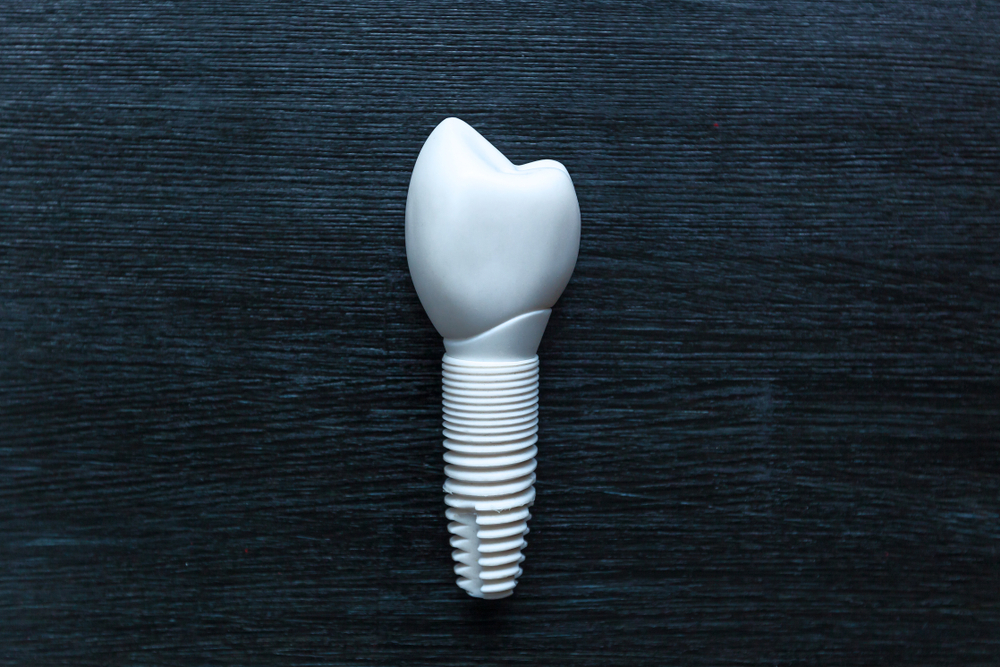Perhaps your Ajax dentist has managed to keep that failing tooth going for a while, but eventually, they cannot save it, and the time has come to remove it. Now, what do you do? Ideally, you will replace the tooth as soon as possible and have a treatment plan before the tooth is even removed. Your options include a dental implant or bridge, but which is best and why?
Dental Implant
With a dental implant in Pickering, you will only replace the missing tooth using an implant post inserted into the jawbone during a short, comfortable, searchable procedure. The implant post closely replicates the tooth root that has been removed and fuses with the bone around it within a few months. When the implant post becomes firmly fused, it’s strong enough to support a replacement tooth, and an implant crown is attached.
Pros of Choosing a Dental Implant
Because a dental implant in Whitby is self-supporting, your natural teeth are unaffected, and instead, you will benefit from the extra support the implant tooth provides. The actual implant post works similarly to a natural tooth root, providing stimulation to the bone around it that ensures this bone remains strong and healthy. No other treatment can provide this benefit. A dental implant tooth is closest to having your natural tooth restored and emerges from your gums precisely like a natural tooth. It is also easy to care for as you can usually brush and floss it.
Cons of Choosing a Dental Implant
Treatment can take longer than a dental bridge in Oshawa and will initially cost a bit more. However, the long-term benefits of choosing an implant should be considered, and it can work out cheaper. Some people feel nervous about the surgery needed to insert the dental implant, but this procedure is relatively quick, and you can always consider sedation dentistry if you feel anxious.
Dental Bridge
A dental bridge works very differently from a dental implant. It relies on support from the teeth on either side of the gap, called the abutment teeth. These teeth are substantially reshaped, where some tooth structure is removed to make room for dental crowns. The dental crowns are attached to the replacement tooth called a pontic, and the pontic rests directly on the gum tissue.
Pros of Choosing a Dental Bridge
A dental bridge can be completed in weeks, and treatment is noninvasive, as no surgery is required. It is affordable, and a good dentist in Newcastle will ensure the bridge looks and feels natural.
Cons of Choosing a Dental Bridge
It would be best to substantially reshape the abutment teeth for a dental bridge, removing potentially healthy tooth material that will never grow back naturally. Even if you choose to have a dental implant in Clarington later, these teeth will still need to be covered with dental crowns and could be more at risk of becoming infected and decaying. It would be best if you cleaned around thoroughly, and you probably need to use special tools to clean underneath the pontic. If you care for your bridge correctly, it should last ten years or longer but eventually will need replacing. When the time comes, you will need to replace a three-tooth bridge, whereas if you opt for a dental implant, you only need to replace a single dental crown.
Most people can have a dental implant in Courtice. At DurhamAt Solutions, we plan every treatment using digital technology to provide a predictable and more successful treatment outcome and ensure a more comfortable patient process.


